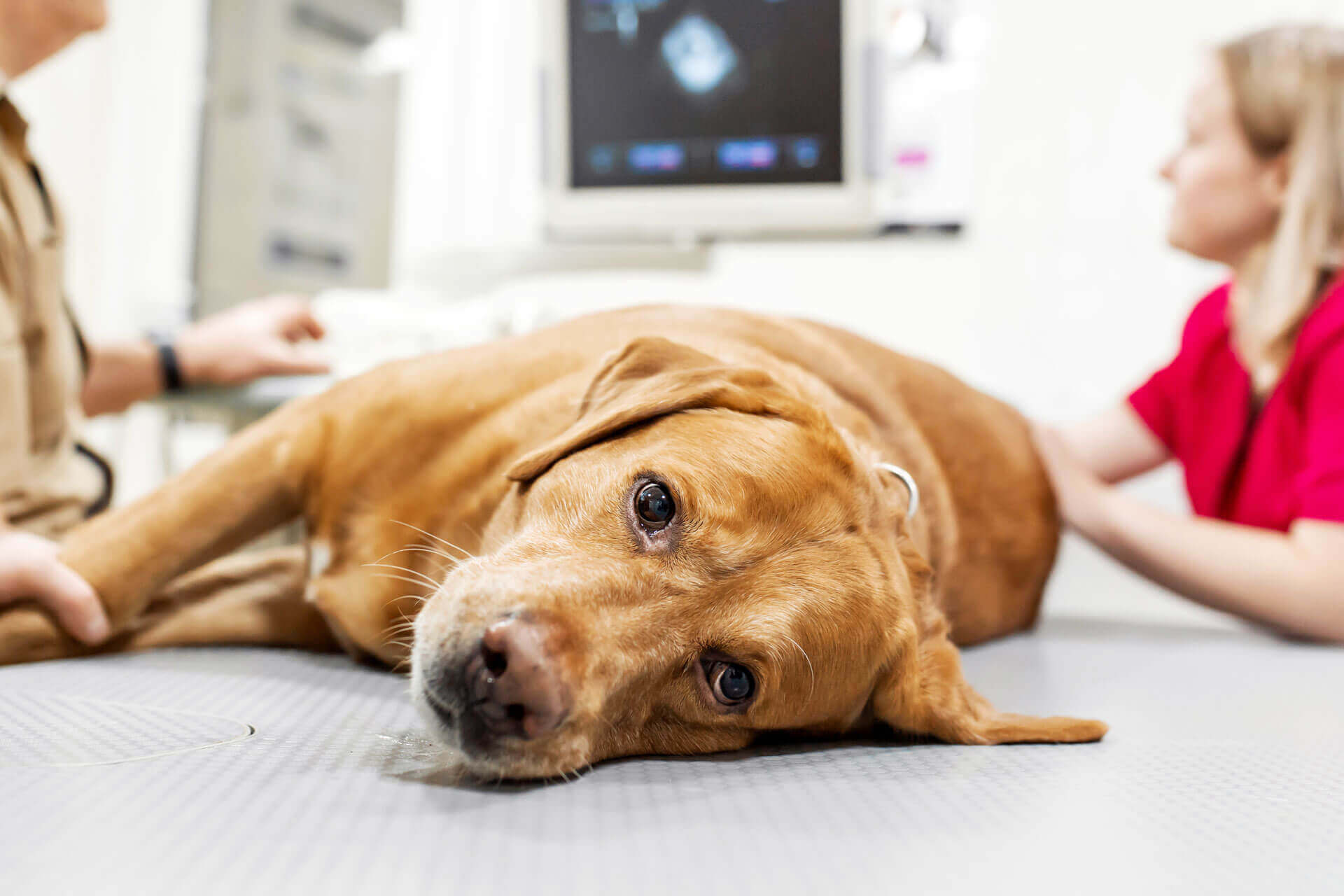Skin cancer on a dog can appear as persistent sores, lumps, or discolored patches on the skin. It may also cause skin ulcers that don’t heal.
Skin cancer in dogs is a serious health concern that requires prompt attention. Early detection and treatment are crucial for a positive prognosis. Keeping an eye out for any unusual changes in your dog’s skin is important for catching potential signs of skin cancer.
If you notice any sores, lumps, or discolored patches that persist or grow, it’s essential to have your dog evaluated by a veterinarian. Understanding the appearance of skin cancer on a dog is vital in ensuring timely intervention, which can ultimately save your furry friend’s life.
Initial Indicators
Sudden appearance of new skin lumps or bumps: Keep an eye out for the sudden emergence of any skin lumps or bumps that weren’t there before. These can be an indication of possible skin cancer. Changes in existing moles or spots: Any changes in existing moles or spots on your dog’s skin should be noted and monitored closely. This includes alterations in size, shape, or texture. Abnormal coloration or pigmentation spots: Look for any abnormal coloration or pigmentation spots on the skin, which may indicate an issue that needs veterinary attention. |
Visual Inspection Signs
When inspecting your dog’s skin for signs of skin cancer, look for asymmetry in skin lesions or masses. The borders of the lesion should appear irregular and there may be multiple colors or hues in one growth. It’s crucial to conduct regular visual inspections and consult a veterinarian if you notice any suspicious changes in your dog’s skin.
Texture And Consistency Clues
When checking for skin cancer on a dog, it’s important to observe the texture and consistency of any lesions. Look for lumps that feel hard and non-movable, as they could be indicators of malignant growths. Additionally, keep an eye out for any bleeding or oozing from skin spots, as this could be a sign of skin cancer. Furthermore, notice any inflammation or swelling in nearby areas, as these could be related to the development of malignant lesions as well.

Credit: tractive.com
Squamous Cell Carcinoma
Often, skin cancer on a dog can manifest as firm, raised growths or plaques. These abnormal areas may appear on the belly, nails, or nose. Early detection is crucial to ensure prompt treatment and the best possible outcome for your furry companion.
Malignant Melanoma
Malignant Melanoma: Malignant melanoma in dogs often appears as dark pigmented lesions or nodules on the skin. These lesions can be found in common areas such as the mouth, paws, and nails.
Mast Cell Tumors
Skin cancer on dogs can often appear as variable, often raised and hairless growths. Common areas for these mast cell tumors include the trunk, limbs, and between toes. It’s important to regularly check your dog’s skin for any unusual lumps or bumps and consult a veterinarian if you notice any changes in your pet’s skin.
When To Seek Veterinary Advice
Skin cancer on a dog can manifest as persistent or growing lesions that appear suspicious. It is important to seek veterinary advice if you notice any warning signs of discomfort or pain in your dog. These signs may include changes in behavior, loss of appetite, or sensitivity to touch. Early detection and prompt treatment are crucial in managing skin cancer in dogs. If you have any concerns about your dog’s skin health, it is essential to consult a veterinarian for a thorough examination and appropriate guidance.
Diagnostic Procedures
- During a physical examination, veterinarians look for abnormalities such as lumps, bumps, or discolorations on a dog’s skin. They also consider the dog’s history of sun exposure and skin changes.
- A biopsy is often performed to confirm whether a lesion is cancerous. Following this, histopathology is conducted to examine the tissue at a cellular level.
- Advanced imaging techniques like ultrasound or radiographs may be used to assess the extent of skin cancer and determine if it has spread.
Treatment Options
When it comes to treatment options for skin cancer in dogs, there are several approaches that veterinarians may consider. Surgical removal of tumors is a common treatment method, especially for localized cancers. This is often followed by chemotherapy and radiation therapy to target any remaining cancer cells and reduce the risk of recurrence. In some cases, immunotherapy and targeted treatments may also be recommended to help the dog’s immune system fight the cancer more effectively.
Frequently Asked Questions Of What Does Skin Cancer Look Like On A Dog
What Are The Common Signs Of Skin Cancer In Dogs?
Skin cancer in dogs may manifest as lumps or sores that don’t heal, changing in the color or texture of the skin, or persistent itching or bleeding. Regularly checking your dog’s skin for any abnormalities is crucial for early detection and treatment.
Can Dogs Get Melanoma And How Does It Appear?
Yes, dogs can develop melanoma, which often appears as dark, pigmented skin lesions or lumps. It can occur in the mouth, eyes, and on haired skin that has been exposed to the sun. Early detection and prompt treatment are critical for a better prognosis.
How Is Skin Cancer Diagnosed In Dogs?
Skin cancer in dogs is usually diagnosed through a combination of physical examination, skin biopsies, and diagnostic imaging. Your veterinarian may also recommend blood tests to assess your dog’s overall health and determine the most appropriate treatment plan.
Conclusion
Being aware of the potential signs of skin cancer in dogs is crucial. Regularly checking your pet for any changes in skin lesions, lumps, or sores can aid in early detection and treatment. Consult with a veterinarian for a professional assessment if you notice any suspicious changes in your dog’s skin.
Remember, early detection could be a lifesaver for your furry friend.



